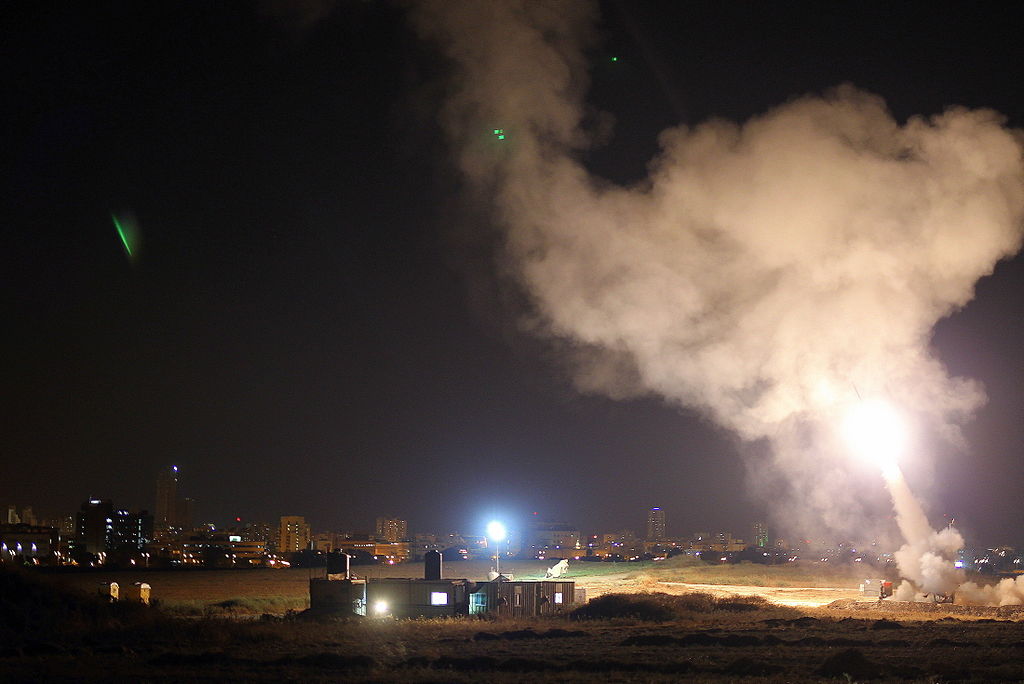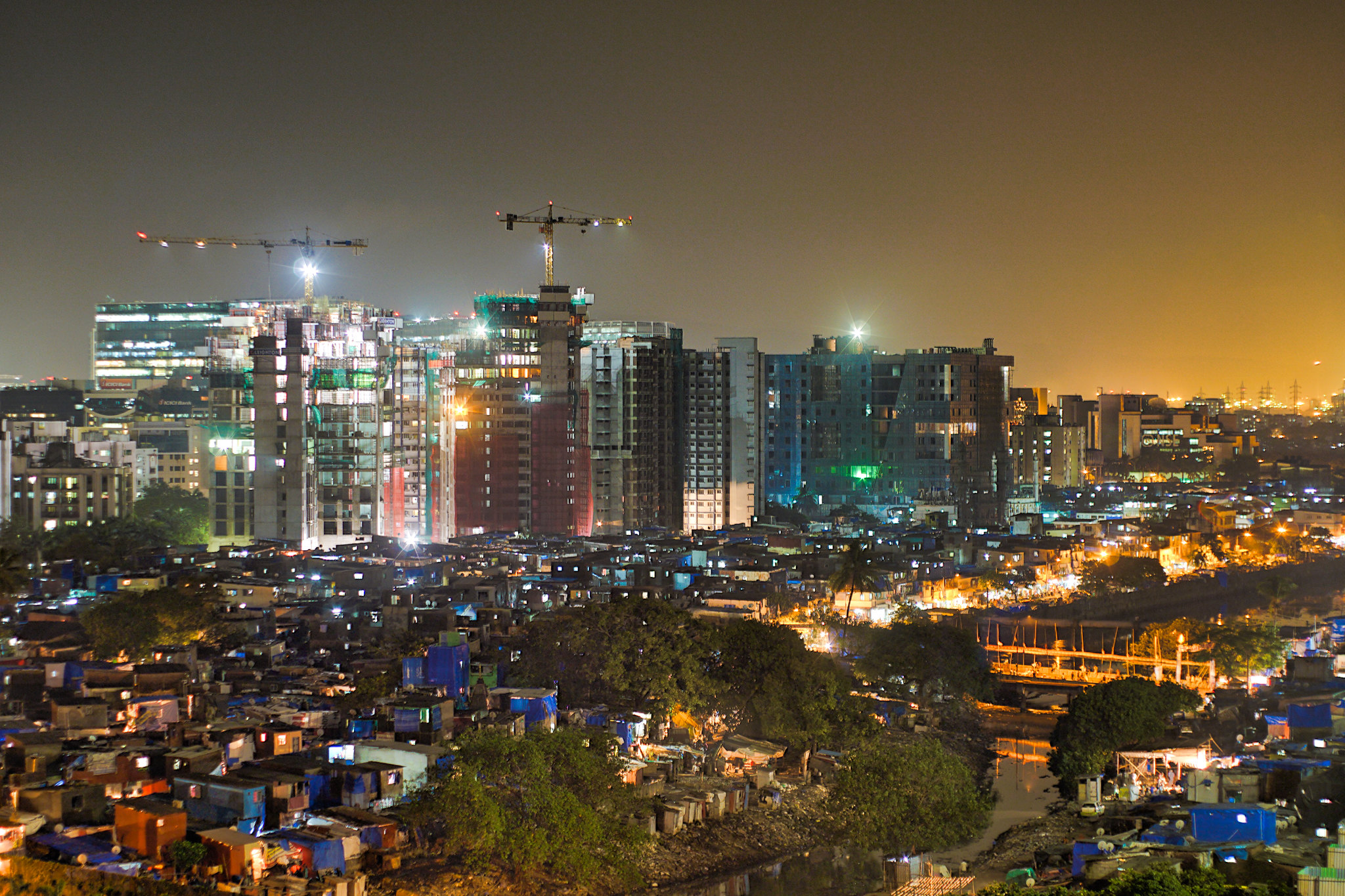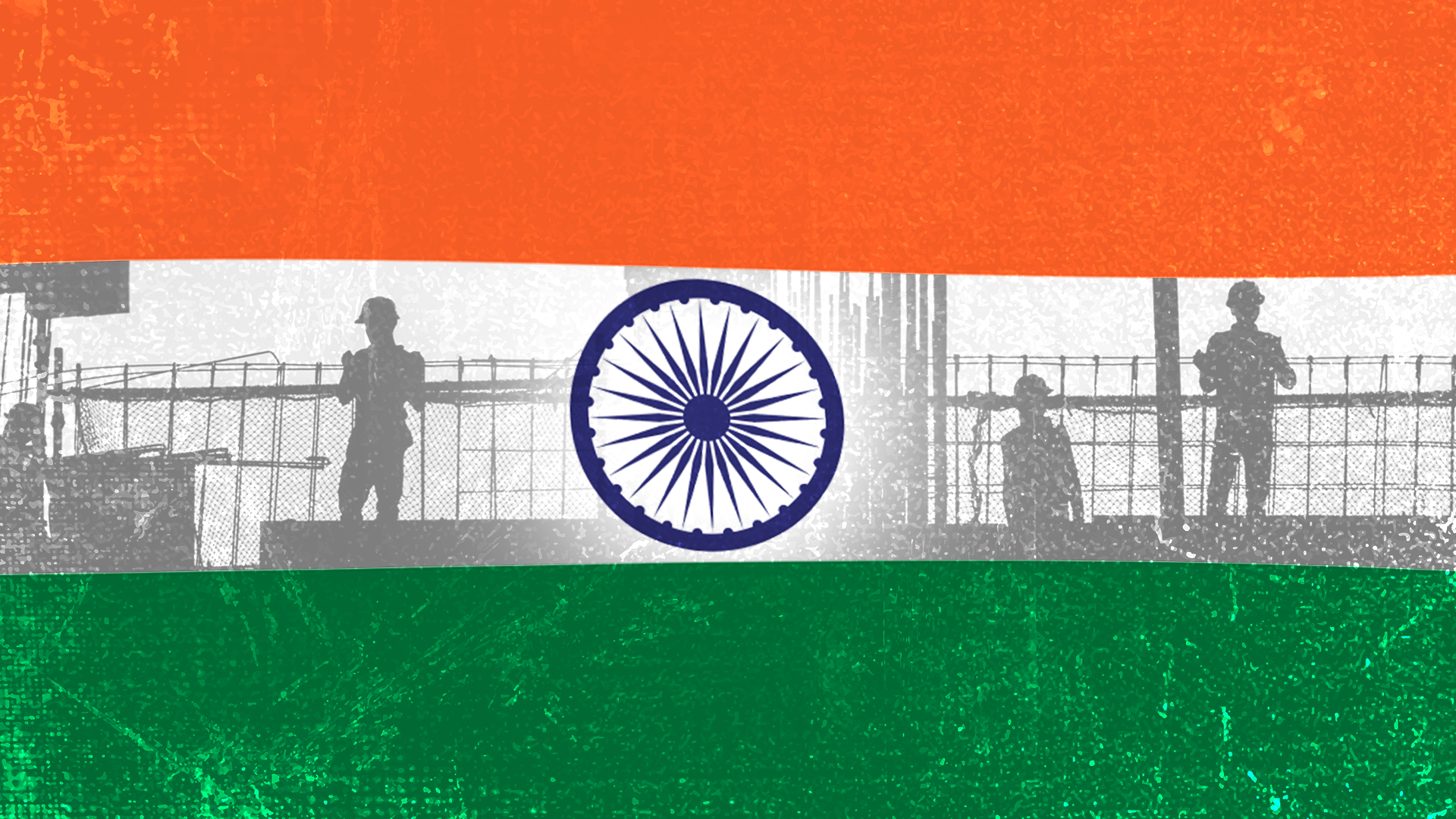Widespread joblessness explains why Punjab’s migrants resort to desperate means to reach their final destinations.
 Punjab’s men and women migrated out of the state when agriculture turned non-viable. : Design Hills
Punjab’s men and women migrated out of the state when agriculture turned non-viable. : Design Hills
Widespread joblessness explains why Punjab’s migrants resort to desperate means to reach their final destinations.
Dunki in Punjabi means to hop, skip and jump from one place to another. It is also a corruption of the English ‘Donkey Flight’, a reference to inter-continental flights that carry illegal immigrants from Punjab to Europe and Central and South America.
A chartered flight operated by a Romanian carrier, Legend Airlines, carrying about 300 Indians, was intercepted in Paris last December on suspicion of carrying illegal immigrants to Nicaragua. The case brought to sharp relief the desperate means that Indians employ to emigrate to the US, UK and Canada but, more recently, even to conflict zones.
In February, the Indian media reported the death of two young men on the Ukraine-Russian war front. They were among 30 people from different Indian states who paid huge sums of money to agents to work as “helpers” for the Russian army.
Some of them were allegedly drafted into the Russian army and sent to the front to fight. Some, such as Arbab Hussain from Kasganj in Uttar Pradesh have not been heard of for weeks. Their relatives back home are worried, with the Indian government unable to provide much assistance.
In 2018, 39 Indian workers were killed in Iraq. Of these, 27 were from Punjab, while the others were from Himachal Pradesh, West Bengal and Bihar.
At the heart of the migration crisis in Punjab is widespread unemployment.
The scale and quality of employment in Punjab is also on the decline. The India Employment Report 2024 reveals that the state dropped three ranks from 13th in 2005 to 16th in 2022. Unemployment among educated young people (15 to 29 years) shot up from 22.95 percent to 26.33 percent during the same period.
While no precise data exists on the volume of international migration from Punjab, there are indicators of the outflow. One report suggests that since 2012 Punjab police issued over 1 million immigration clearance certificates to people wanting to travel overseas.
The story of young men from Punjab taking “irregular” routes to emigrate to other countries is not new.
A 2009 United Nations Office on Drug and Crime report claimed that each year more than 20,000 young people from Punjab attempt to migrate illegally to other countries. While their target destinations were recorded to be 57 countries, authorities detected forged visas of 41 countries in use in Punjab and Haryana in 2010.
Punjab’s migrants use both legal and illegal channels to enter foreign countries, primarily in search of jobs. Illegal migrants have often used east European or Asian countries bordering mainland Europe as transit points to finally reach their desired destinations.
In the past, migrants would be taken to Russia where they would be packed into transport containers, or taken on trains, buses or on foot to Italy, Germany and Belgium. In another such incident, migrants were first taken to Sri Lanka and then transported to Greece.
The agents operate through a large network of sub-agents from villages and small towns providing last mile connectivity to aspiring migrants, often luring them with false information about work and payments.
They provide information on the possible countries of destination, migration routes and — in case of illegal migration — arrange forged documents. To smuggle people into another country there are agents in the destination and transit countries.
To understand why individuals and their families take risks and bear huge financial costs to migrate abroad, one must look at the context in which decisions to migrate are taken.
Punjab has a long history of emigration that began in the mid-19th century when recruitment in the colonial British Indian army with stints abroad exposed them to the economic opportunities available in other colonies.
This was followed by the movement of pioneer migrants from Punjab to Australia, New Zealand, US, Canada, UK, Africa and South America.
Migration led to marked improvements in incomes. The wealth acquired abroad was used to purchase land, repay accumulated debts, construct brick houses and to enhance family status, motivating other households to send members abroad.
Today, aspiring migrants from the state capitalise on the huge network and social capital, thus facilitating further migration. Over the years, newer destinations in southern Europe and the Gulf have emerged as alternate migrant destinations.
The state government’s failure to provide productive employment to Punjab’s youth has propelled migration even as employment avenues are limited. Following the adverse impact on the farm sector after the initial green revolution boom of the 1960s, there has been a steady decline in agriculture employment with small and marginal farmers giving up self-cultivation and joining the ranks of farm and industrial labour when agriculture turned non-viable.
Punjab was unable to attract much investment in manufacturing or services with the former dominated by unorganised small-scale units that did not provide adequate employment to absorb local labour. The situation today is that a very large percentage of workers in Punjab are employed informally.
With the labour situation in dire straits and employment in the government sector difficult to come by, the educated youth are left with few options – the most attractive and lucrative is the foreign labour market. With little or no skills to match the global demand for professionals and skilled workers, rural Punjabis take to illegal and irregular channels to turn their aspirations into reality.
The means used are fraught with risks and the financial costs are much too high. But much of Punjab’s success stories of other migrants and higher wages earned in foreign currencies are strong enough pull factors for households and migrants to venture into high-risk migration.
This desperation is borne out by migrants’ decision to move to even conflict zones via other countries in Europe and South America.
Shuchi Kapuria is an Associate Professor with the Gender Studies Unit at the Institute for Development and Communication in Chandigarh, Punjab. With a PhD in Economics from the Jawaharlal Nehru University, New Delhi, her areas of interest are in gender studies, migration and employment and labour markets. She was a Visiting Researcher at the University of Guelph under the Commonwealth Exchange Scholarship Programme of the Government of Canada, in 2011.
Originally published under Creative Commons by 360info™.
Editors Note: In the story “Migrant workers” sent at: 25/04/2024 05:00.
This is a corrected repeat.












